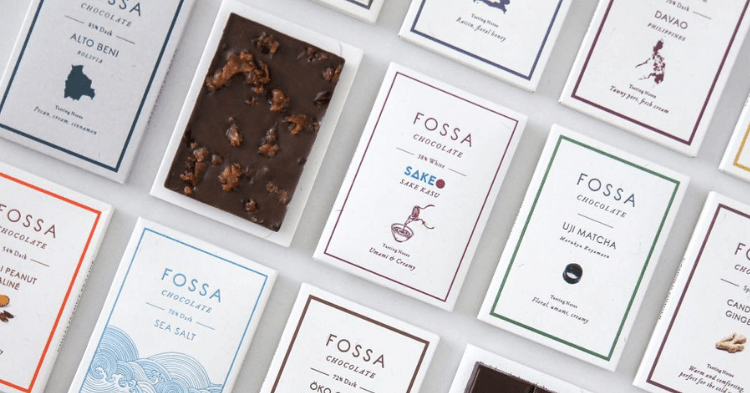When most Singaporeans buy chocolate, they don’t think much of what actually goes into it and how much effort is made into creating them. However, after discovering Fossa Chocolate, I have come to realise that there is so much more to chocolate.
Fossa Chocolate is Singapore’s very own artisanal chocolate business; they roast, crack and winnow cacao beans by themselves before creating them into chocolate.
From classic flavours such as matcha and sea salt to unique ones such as Salted Egg Cereal and Chilli Peanut, I delve into Fossa Chocolate’s world and how they redefine chocolate.
The Beginning Of Fossa

Extremely interested in the story behind the company, I reached out to Fossa hoping to talk to the owner. To my surprise and delight, it turned out that Fossa was run not by one person, but by three inspirational and creative individuals: Jay, Yilina, and Charis!
“Our story began when four years ago a friend brought us a Madagascar single origin chocolate bar as a gift for Christmas, which blew us away – it was full of raspberries and almonds! It was then that we realised the definite difference in the taste between commercial bars and craft chocolates,” they explained.
Since Singapore is renowned for high-quality food, they were appalled by the difficulty to find fine real chocolates that are made with cacao beans instead of covertures, cocoa mass, compounds or substitutes.
“Fossa Chocolate began as a home experiment. It was just for fun; when we started we were hand peeling everything. We were roasting in our home oven and then hand cracking it. We never thought it’d become a business,” they admitted.
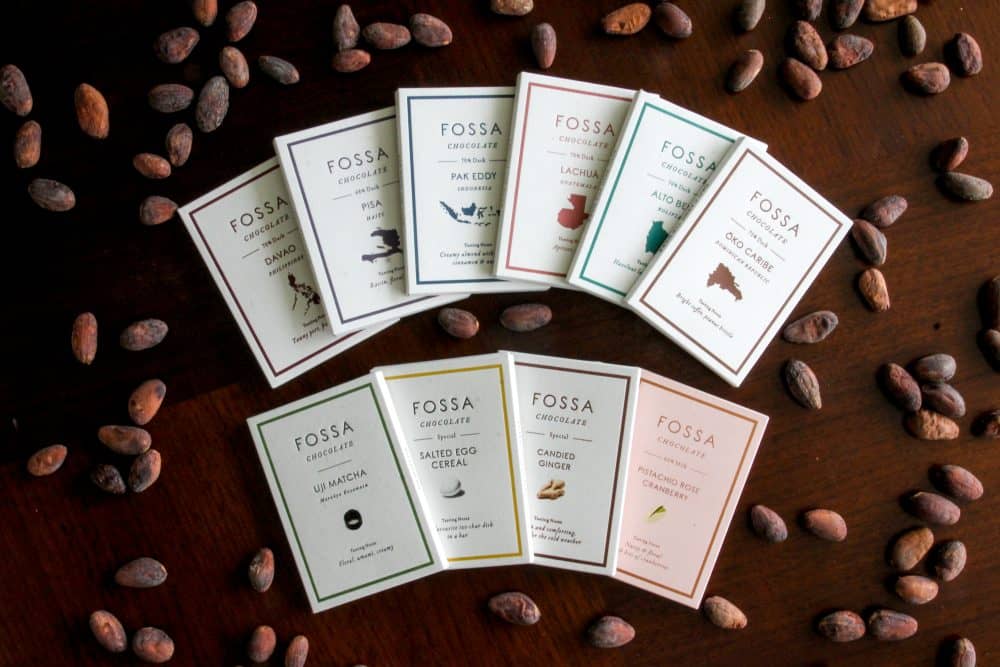
The name Fossa also pays tribute to the origin of the chocolate that got them started.
Wanting a name that resonated with what they do and relates to how they started, they picked Fossa, which is an animal that is unique to the forests in Madagascar. The Fossa is also nimble, agile and well known for its fierce and wild personality.
“This is similar to our approach in chocolate making, where we constantly challenge ourselves to create bold but mind-blowingly delicious flavours. Our artisanal chocolates make use of ingredients you never imagined to be associated with chocolate.”
The Flavours Of Fossa

To my surprise, they use ingredients I never expected to be associated with chocolate. Scrolling through their website, I chanced upon different flavours of chocolate I’ve never seen before: Chilli Peanut Praline, Shrimp and Bonito, Salted Egg Cereal, and even a Sake flavoured one!
To this, the trio says that they strive for harmony in flavours – ingredients that you wouldn’t think of putting in chocolate can be made unexpectedly delicious with the right combination of cacao.
“For example, the white sesame and seaweed chocolate bar was inspired by our trip to Japan where these ingredients are so common, we couldn’t help thinking how we can put them into chocolates. When we came back, we experimented with various combinations and found a perfect presentation of the flavours. This bar also happens to pair really well with Sake!”
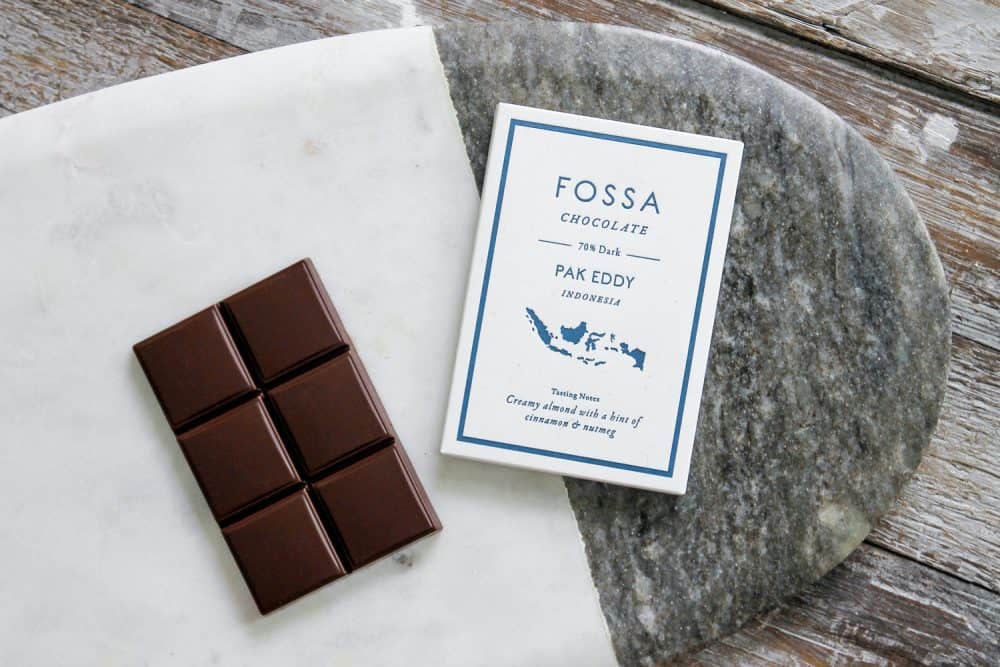
The unique flavours of Fossa is what got me interested in them in the first place, but after searching around more on their website, I realised that they didn’t just create special flavours of chocolate, but they also use cacao beans from different parts of the world.
Cacao beans harvested from specific regions all have vastly different flavours, and thus the resulting chocolate bars all differ from one another in terms of flavour. They’re not just all chocolate – there are nuances in their flavours that you’ll only be able to taste with each bar.
Take for example, their Pak Eddy and Rehoboth Estate bars. The cacao beans in the Pak Eddy bar are harvested in Indonesia and have a very creamy almond flavour with hints of cinnamon and nutmeg. Meanwhile, the cacao beans in the Rehoboth Estate bar are harvested in The Philippines and carry a sharp, prune-y flavour.
Not Everything Is Sweet
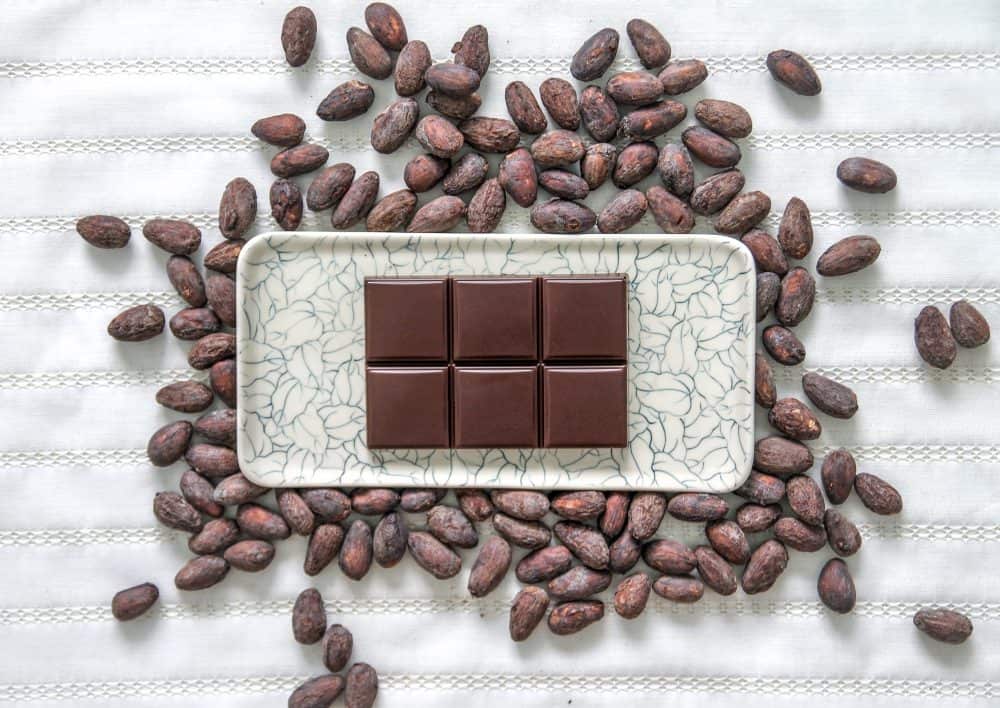
It wasn’t easy for Jay, Yilina, and Charis at the start, with a lack of prior experience in chocolate making.
Making good chocolate takes experience, skills and knowledge of cacao from farm to factory. The moment the trio started making the chocolates, it hit them that there were so many things to learn about chocolate and cacao.
They then researched heavily on the internet, got their hands on as many books on the topic as they could, spoke to chocolate makers overseas, did numerous trials and visited farms to learn about cacao cultivation and post-harvesting.
“The first few batches of chocolate we made were nasty but fortunately, they got better.”
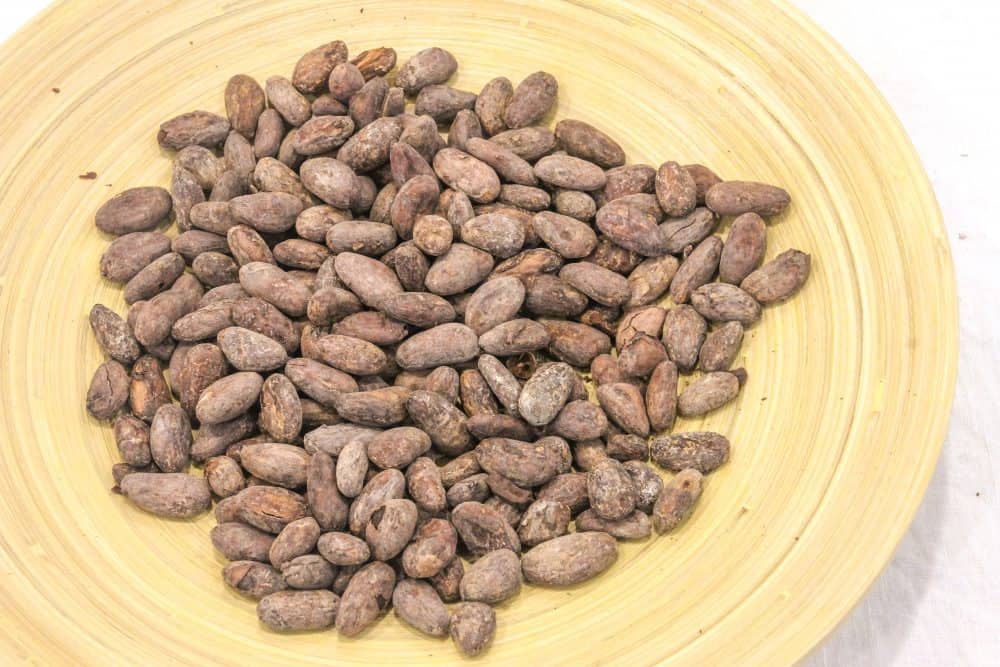
Even so, the process is labour intensive and require high-quality ingredients which may be difficult and expensive to source.
In a market flooded with cheap mass-produced chocolate that people are used to, the trio say that it is an uphill task to change consumers’ and retailers’ mindsets that good chocolate should be priced reasonably higher.
“We have not fully overcome this challenge yet but we’re doing our best to make even better chocolates in the hopes that there will be more “Ah-ha! This chocolate is so good! Now I know why it’s more expensive!” moments for people.
Fossa Chocolate: More Than Just The Bar
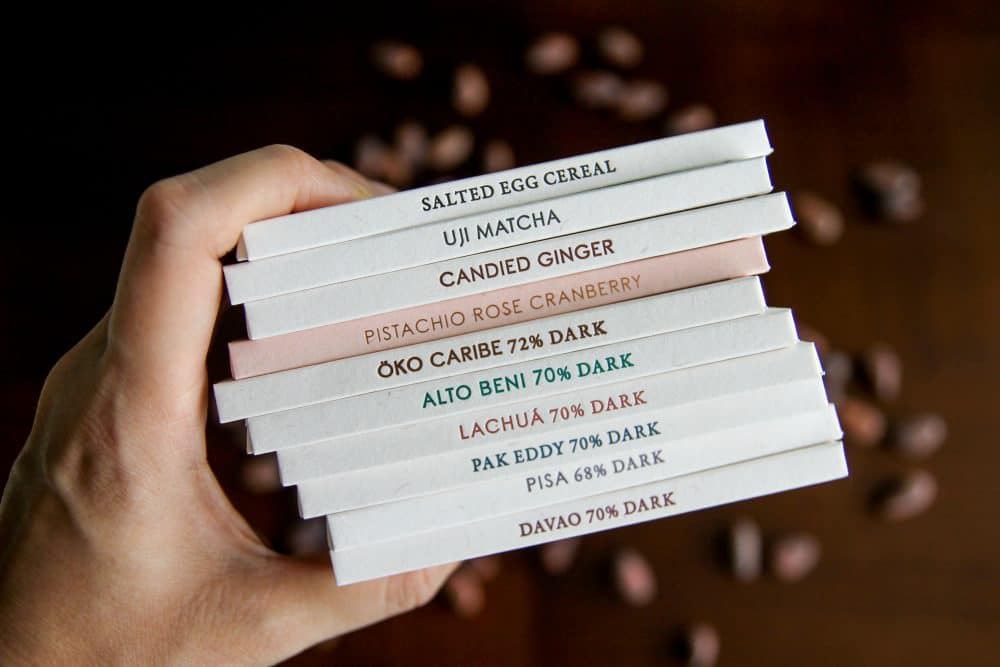
Chocolate doesn’t need to be just chocolate or the classic flavours – there are nuances in every cacao bean that you can help customers taste with the right ingredients.
When I asked them for their final words, they gave me advice for those who want to create something of their own as well:
“People imagine that starting a business is a bit glamorous and you get to work flexible hours. But there’s really a lot of dirty work, blood, sweat and tears involved behind the scenes that most wouldn’t know of.”
“There are also opportunity costs involved and sacrifices to make, such as the time you have for social activities, leisure activities, and even family time. Read up, talk to entrepreneurs and people of the trade to understand their experiences and journeys because that might help you understand if you’re ready to start a business.”
To find out more, click here.







